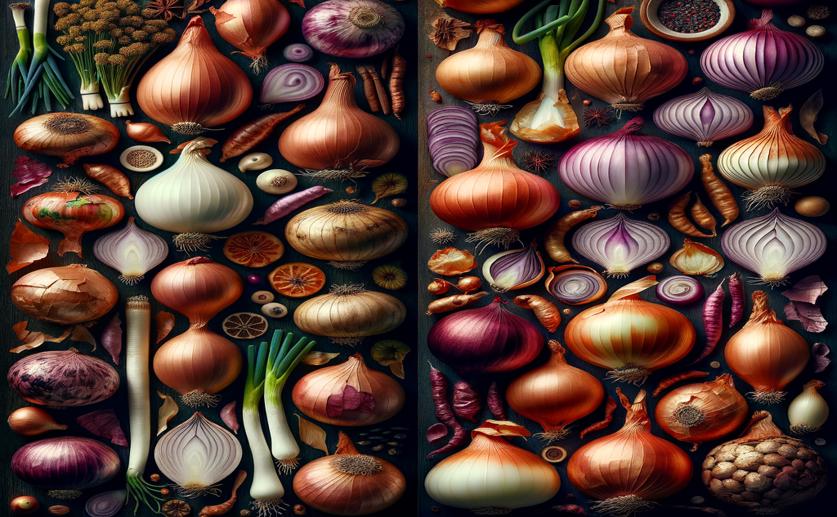
Comparing the Biochemical Properties of Different Types of Onions
Jenn Hoskins
29th May, 2024

Image Source: Natural Science News, 2024
Key Findings
- The study examined the genetic diversity of onion and garlic genotypes from the Kelkit Valley in Türkiye
- Significant differences in biochemical properties were found among the 17 onion and 12 garlic genotypes
- The findings highlight the potential for breeding onion and garlic varieties with enhanced health benefits due to their diverse biochemical properties
References
Main Study
1) A comparative biochemical characterization of Allium genetic resources of Türkiye
Published 28th May, 2024
https://doi.org/10.1007/s10722-024-02011-5
Related Studies
2) Phytochemical Characterization of Five Edible Purple-Reddish Vegetables: Anthocyanins, Flavonoids, and Phenolic Acid Derivatives.
3) Variations in Total Phenolic, Total Flavonoid Contents, and Free Radicals' Scavenging Potential of Onion Varieties Planted under Diverse Environmental Conditions.
4) Crop Biodiversity: An Unfinished Magnum Opus of Nature.



 25th May, 2024 | Greg Howard
25th May, 2024 | Greg Howard